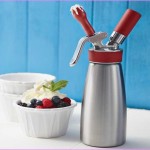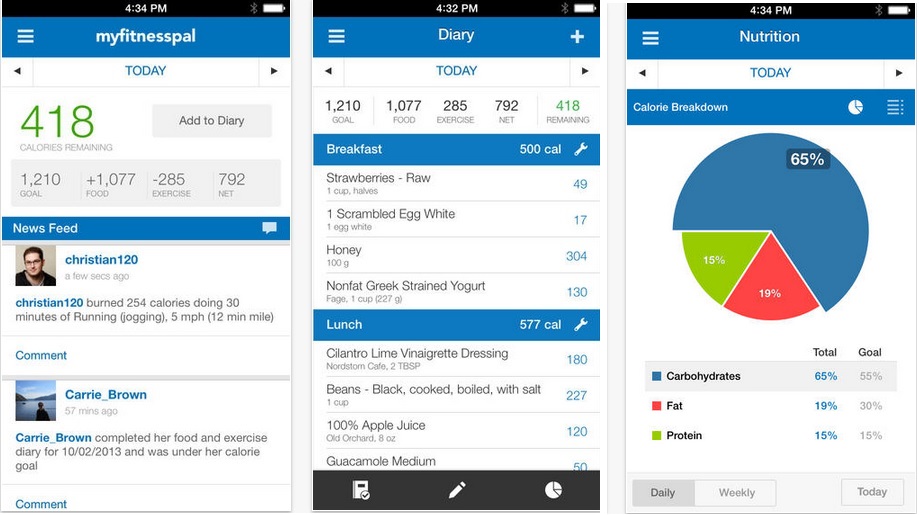According to Dr. Perlmutter, a NY Times bestseller and world respected neurologist, ‘fat is the preferred fuel of humans and has been for all of human evolution.’ We can survive on minimal carbohydrates but would die without fats. When we deprive our bodies with good fats, including cholesterol particles, we deprive our organ that is made up of 30% fat, the brain. The Mayo Clinic conducted a study in 2012 that revealed that older people that consumed a majority of their calories from carbohydrates (Refined flours, sugars, pastas, breads) have nearly four times the risk of developing mild dementia, a precursor to Alzheimer’s. Memory, thinking, language and overall cognitive impairments were the behaviors monitored. Diets rich in healthy fats were found to be 42 percent less likely to experience cognitive impairment (Journal of Alzheimer’s Disease). The National Institute of Health found similar findings. “Higher levels of cholesterol is associated with better memory function”. Published in the journal Neurology, a study revealed that high cholesterol is a protective factor in the development of ALS (amyotrophic lateral sclerosis, also referred to as Lou Gehrig’s disease). In the Journal of Movement Disorders 2008 research revealed that people with the lowest LDL cholesterol were at a 350 percent increased risk of developing Parkinson’s disease.
What about research for the heart? The American Journal of Clinical Nutrition published a study in 2008 that looked closely at 21 previous medical reports that involved monitoring health in 340,000 subjects over 3 to 5 years. It concluded that “intake of saturated fat was not associated with an increased risk of coronary heart disease, stroke, or cardiovascular disease”. It also compared those subjects that consumed a diet of saturated fats to those that did not. Those subjects that did consume a diet in saturated fat had a 19% lower risk of heart disease than those that did not. The authors concluded that the original findings of these studies were mildly suppressed by the initiatives of special interest groups (i.e. Big Pharma) to publish only articles that showed fat caused heart disease. (Keep in mind that 75% of research is conducted by these special interest groups).
The American Journal of Clinical Nutrition which consists of leading researchers from around the world has recently stated “At present there is no clear relation of saturated fatty acid intake to these outcomes (of obesity, cardiovascular disease, incidence of cancer and osteoporosis)”. The researchers concluded with “biological interactions between insulin resistance (high refined carbohydrate/sugar consumption), reflected by obesity and physical inactivity and carbohydrate quality and quantity”.
Yet mainstream medicine continues to perpetuate that LDL is so-called “bad cholesterol”. So what is LDL? Cholesterol is so important for optimizing the functions of the body. For this reason the body highly regulates cholesterol. Only 25% of cholesterol is made from foods. This is why cholesterol readings can vary from certain times in the day! If you don’t eat enough fats the body will make more cholesterol but most food doesn’t have cholesterol that can be absorbed. The remaining 75% is internally produced in the liver (another reason to support the liver). Cholesterol is fat soluble and blood is liquid so it must be carried through the body by lipo proteins. Lipo proteins are identified as low-density lipo proteins (LDL), high-density lipo proteins (HDL).
Chris Kresser, a licensed integrative medicine practitioner, describes LDL using a helpful analogy. The blood stream is like a river. The LDL particles are the boats that carry cholesterol and fats around the body. The cholesterol and fats are the cargo in the boats. Today mainstream medicine is looking at the amount cargo in the boats, or rather the LDL. What we should be measuring is the number of boats, the LDL particles. This is a much greater indicator of risk for heart disease.
So what can be affecting healthy LDL particles? Oxidative stress naturally occurs within the body for energy production. It’s a process that ages or “rusts” cells. Think of an apple turning brown after you cut it. Oxidative stress is expedited by a poor diet (excess sugar intake and refined carbohydrates), lack of exercise, and low resources known as anti-oxidants. If oxidative stress is increased then cells become severely damaged by free radicals as do the LDL molecules responsible for carrying fats to the brain. In addition, excess sugar binds with LDL increasing the risk for free radical formation by 350 times. As a result oxidized LDL becomes smaller and denser. The lining of the artery becomes fragile and oxidized LDL stimulates collagen which forms fibrous plaque and weakens the stability of the plagues/walls making it more likely to rupture. This creates heart attacks.
Nothing could be farther from the truth with the idea eating cholesterol and saturated fats raises cholesterol levels and that high cholesterol in the blood is what’s driving heart disease. Fat is not the enemy; sugar is.
Next blog I’ll share what tests you should be taking and how you can discuss this with your doctor.
Be well,
Lynn
 I just recently ordered the whip cream dispenser that has become a huge hit in the family. Both kids (and their friends) this past weekend put whipped cream on strawberries, on a paleo pumpkin muffin, on GF pancakes and even on their fingers. They were so happy to be whipping away (and I was so pleased to see them consuming fats). I highly recommend the Whipped Cream Maker 1/2 Liter Canister Whipper
I just recently ordered the whip cream dispenser that has become a huge hit in the family. Both kids (and their friends) this past weekend put whipped cream on strawberries, on a paleo pumpkin muffin, on GF pancakes and even on their fingers. They were so happy to be whipping away (and I was so pleased to see them consuming fats). I highly recommend the Whipped Cream Maker 1/2 Liter Canister Whipper (and be sure to purchase the replacement CO2 canisters).

 October 5th, 2015
October 5th, 2015  Lynn
Lynn  Posted in
Posted in  Tags:
Tags: 

